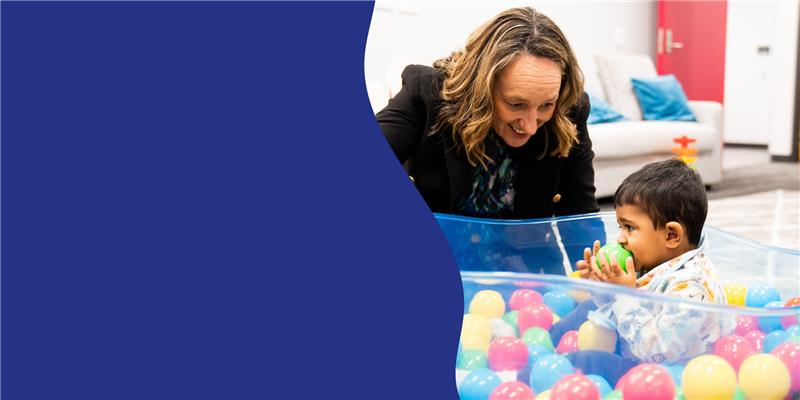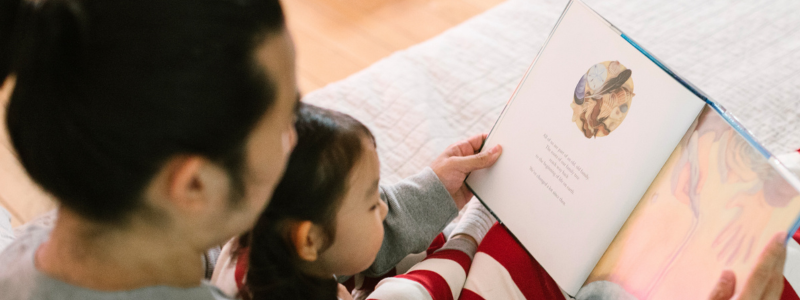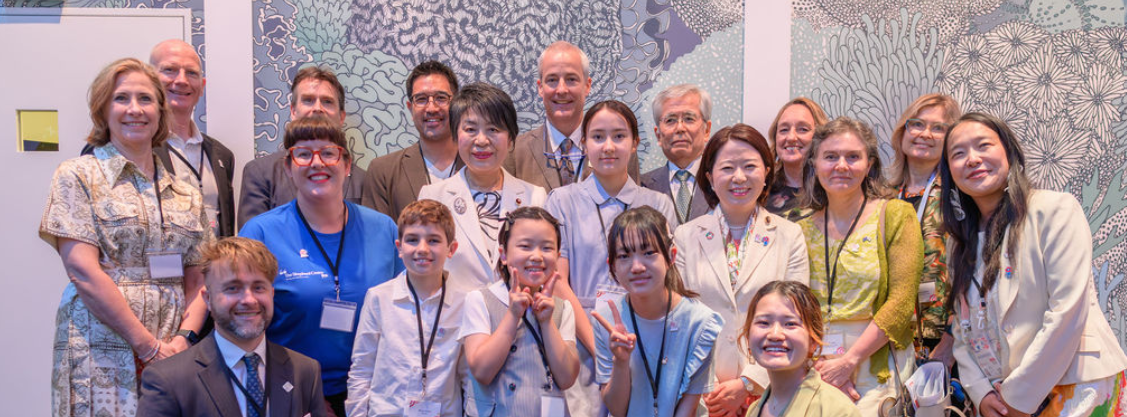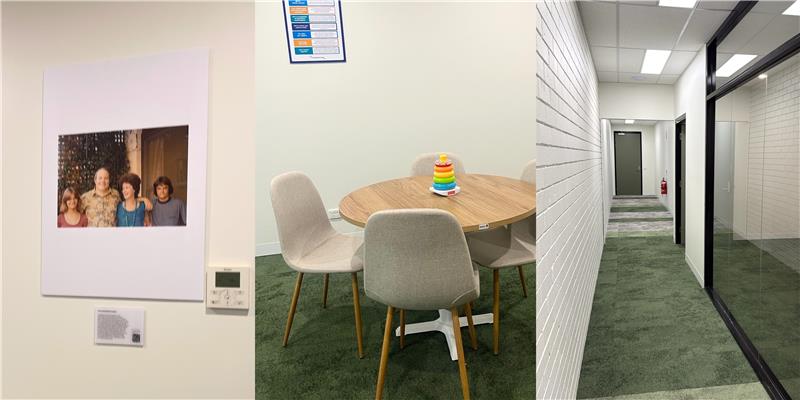At The Shepherd Centre, we know just how powerful books can be for children with hearing loss. Reading doesn’t just open doors to creativity and curiosity, it also plays a vital role in building spoken language and literacy skills.
That’s why we’ve put together a list of books for you to read to your little one, or for your little one to dive into on their own. Every story is a chance to grow language, imagination and connection.
But before we get to the list, it’s important to understand why books are such a powerful tool for children with hearing loss.
Listening, language and literacy
Listening is the foundation for early literacy and language development. It’s through listening that children begin to connect sounds to words, words to meaning, and meaning to stories. All of this happens in the brain, where the vital pathways for listening, language and literacy are built.
Brain development and potential
Children thrive when they grow up in a loving, supportive and caring environment. This nurturing foundation allows their brains to develop in the best possible way. Every child with hearing loss has the potential to build strong language and literacy pathways, it’s all about giving their brains the right opportunities to grow.
The best time for growth
From birth to around 3.5 years of age, a child’s brain is at its most flexible and ready to learn. This window of ‘maximal brain plasticity’ is the perfect time to provide rich listening, language and literacy experiences. And books are one of the most effective, and joyful ways to do that.
Simple activities to build listening, language and literacy
- Choose a book: Board books, bath books, big books, little books, make your own books. Books at home, books at the library, books from a charity store, books borrowed from a friend. Consider how you can include more books in your home to build your child’s listening, language and literacy brain.
- Make your own photo book: head to your local stationery store and pick up a cheap flip photo album and print off photos of individuals, groups of people who your child loves and anyone who you would like to build a connection with (i.e. relatives that live abroad). Your child will enjoy flipping through the faces whilst you tell stories about each of the people or moments featured.
- Words and numbers walk: Go for a walk with your child around your neighbourhood. Point out different things you see along your walk, including the words and numbers you might see on signs, houses, and shops. Providing an early awareness of words and numbers will grow your child’s listening, language and literacy brain.
- Bonding time: Above all, spend time together. Cuddle up with a story, sing songs, play favourite games, tell each other stories, or simply talk about your day. These everyday moments help strengthen both your relationship and your child’s language skills.
With this strong foundation, books become so much more than stories, they’re stepping stones to language, literacy and connection. Now, let’s explore some of our favourite recommendations to share with your child.
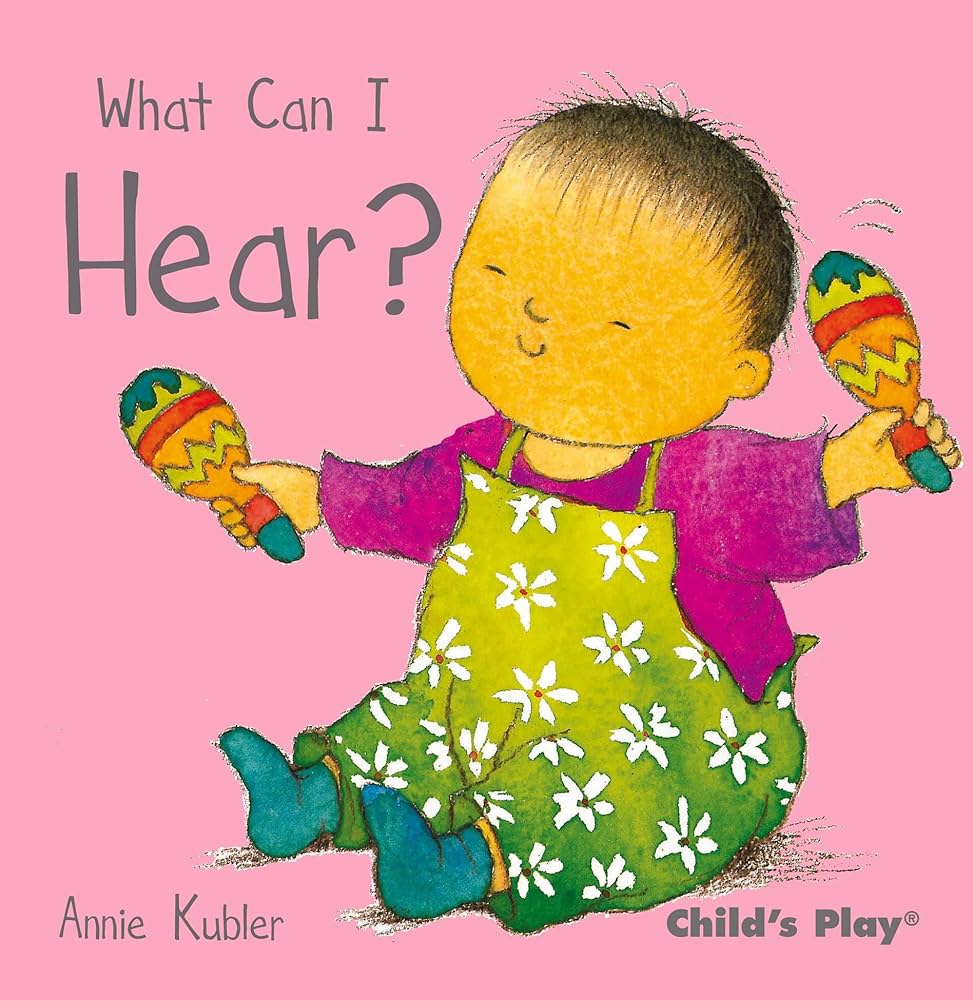
Books featuring characters with hearing technology:
1. What can I hear? by Annie Kubler
2. Liam the Superhero by Heidi Dredge
3. Bessie Needs Hearing Aids by Jenna Harmke
Recommended books by age group:
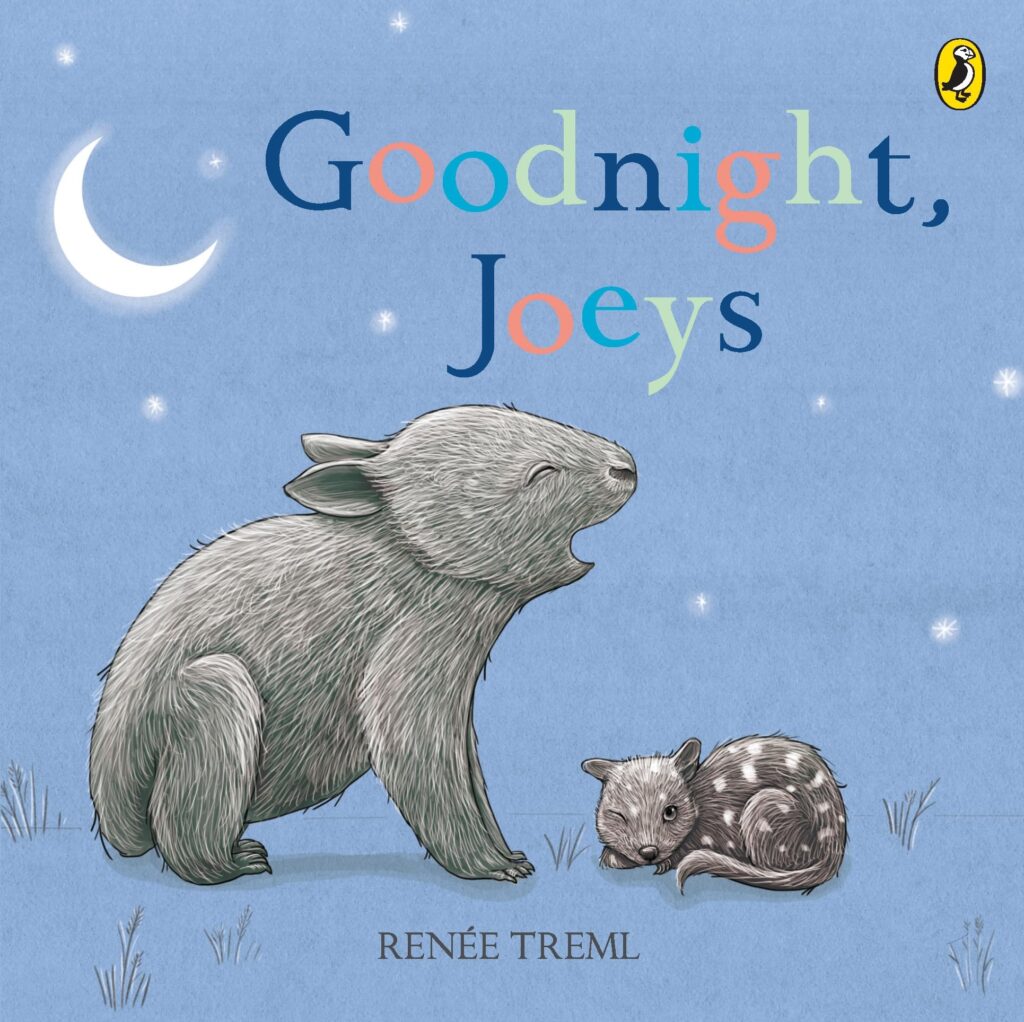
Birth to three years:
1. Goodnight, Joeys by Renée Treml
2. Little Book Baby by Katrina Germein
3. Where is Cheeky Monster? by Mike Lucas
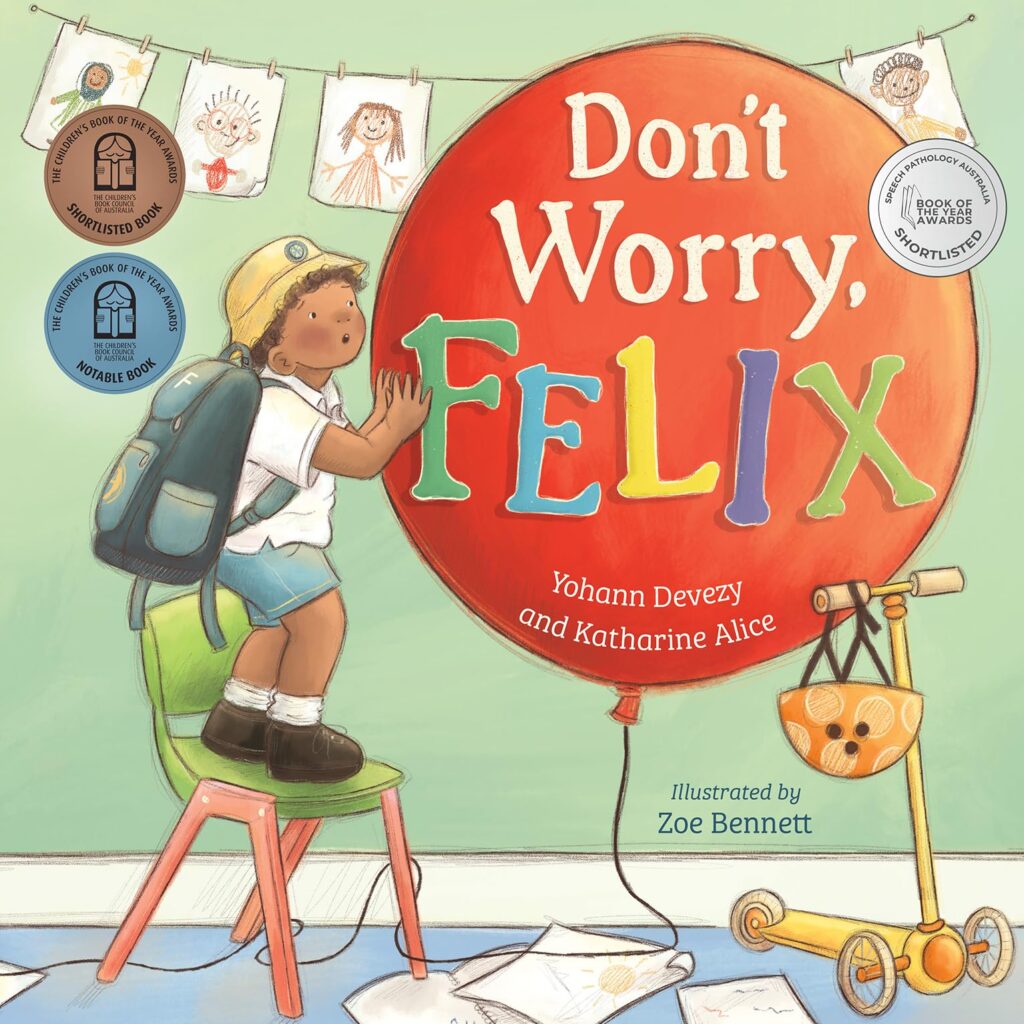
Three to five years:
1. Don’t Worry, Felix by Katharine Alice and Yohann Devezy
2. Greg the Galah, Superstar! by Patrick Guest
3. The Space Between by Jess McGeachin
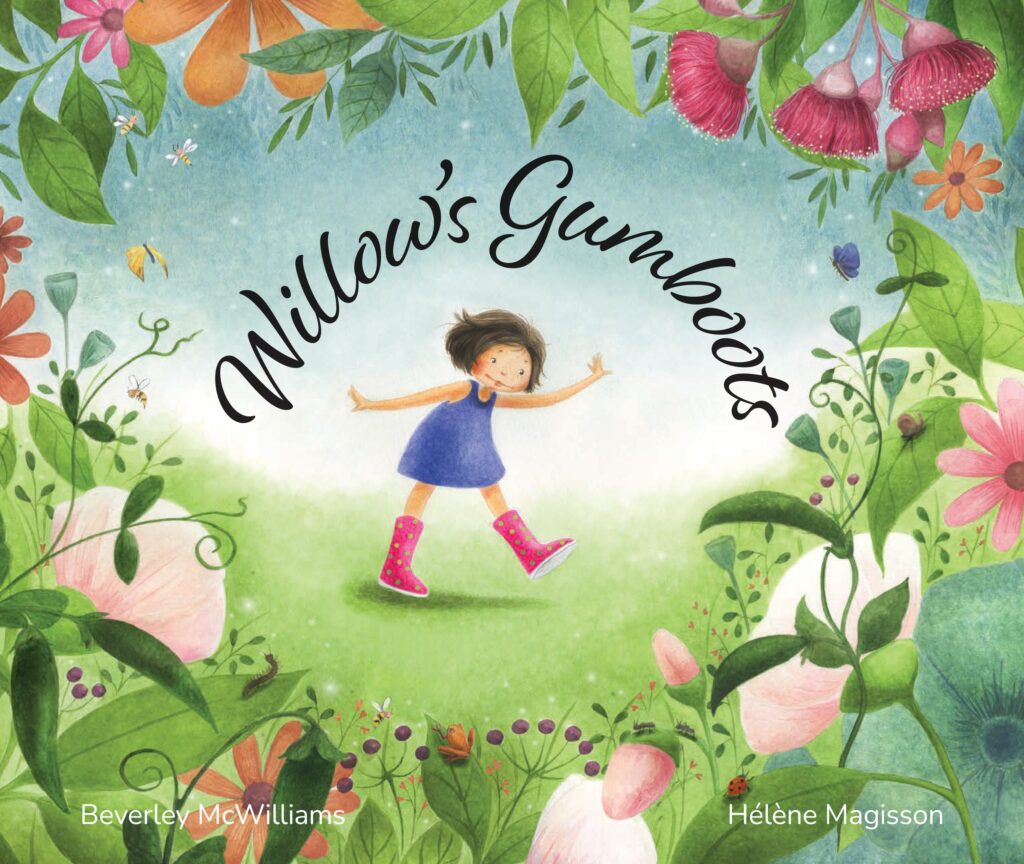
Five to eight years:
1. Willow’s Gumboots by Beverley McWilliams
2. Our World – Full of Wonder by Jevita Nilson
3. Roarsome by Joel Slack-Smith

Eight to ten years:
1. Pearly and Pig and the Island of Secrets by Sue Whiting
2. Meet Me at the Moon Tree by Shivaun Plozza
3. Freddie Spector, Fact Collector. Space Cadet by Ashleigh Barton




